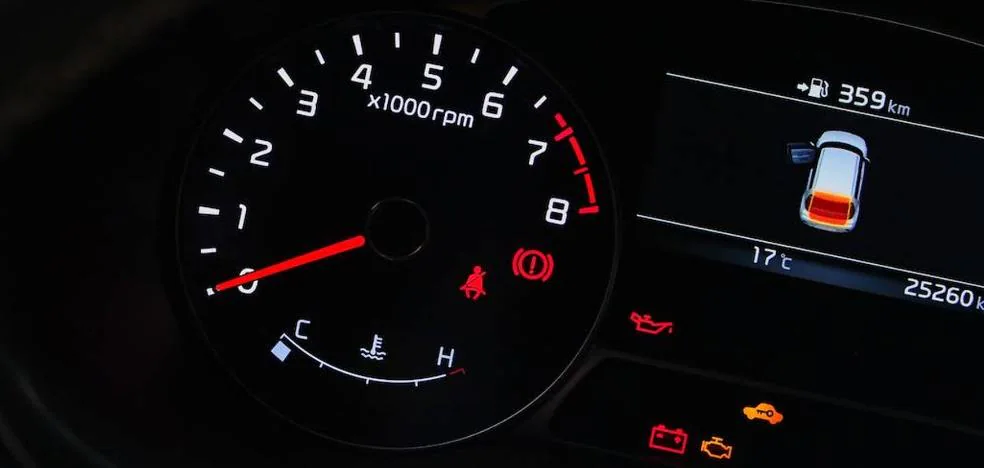Launched in 1972, it was named Car of the Year. It has survived to this day as the Audi A4, the best-selling model in series production, with more than 12.5 million.
A bestseller celebrates its birthday: with the first Audi 80 launched in 1972, known internally as “B1”, the Ingolstadt brand hit the mark. It pretends to be a “modern, but not a fashionable car”, a reliable station wagon. At the end of the 1960s, the then head of technical development at Audi, Ludwig Kraus and Volkswagen AG, the new parent company, agreed to this. As with racing car construction, Ludwig Kraus has every part checked to see where weight can be reduced without compromising quality, strength and durability. The very light Audi 80, which went into production 50 years ago, impresses customers with its sporty handling and low fuel consumption, making it the right car at the right time at the start of the 1973 oil crisis. Winner of the prestigious “Car of the Year” award in the same year as its launch, the Audi 80 also wins the international specialist press.
Oliver Hoffmann, head of technical development at Audi, continues to praise the achievement of his predecessor Ludwig Kraus and his team: “Impressive, the Audi 80 proves that the slogan ‘At the Forefront of Technology’ is a tradition at Audi.” The Audi 80 and its successors have always been pioneers in the field of major innovations. The four-cylinder TDI, the quattro drive with the center differential lock, the dual-clutch transmission and the sports differential on the rear axle, not to mention the five-cylinder turbo engines, as in the first RS model, are just a few examples.
Designer Hartmut Warkuss helps shape the body of the first Audi 80 according to the new styling trends of the 1970s. In 1976, Warkuss is promoted to director of Audi Stilistics, leaving an indelible mark on the design of several generations of Audi Stilistics. , C and D series. The Audi 80 leaves the assembly line in four generations (B1 to B4) until 1994/95, when it is replaced by the Audi A4, known internally as B5, a model with which the Ingolstadt brand introduced a new nomenclature for its cars. The current generation of the Audi A4 is the fifth edition of this model, called B9, and is available as sedan and Avant, in S and RS versions, and as Audi A5 in Coupé, Sportback and Cabrio body styles.
The Audi 80 is presented in July 1972, the same year that the Summer Olympics are held in Munich. In September, the new “compact sedan” of the Ingolstadt brand, known internally as B1, will arrive at dealers and establish a new segment on the market, completing the Audi model range with a car brimming with new technical solutions to be found soon in many models of the Volkswagen Group.
The basic model with a two-door body weighs only 835 kilograms: lightweight construction is one of the specifications of Kraus, who is responsible for technical development. With a wheelbase of 2.47 meters and a length of 4.18 meters, the sedan is designed to be very compact. For the first time in a European series production vehicle, suspension engineer Detlef Banholzer is implementing a negative steering turning radius, a solution that significantly improves braking stability. With the diagonal arrangement of the hydraulic braking system, Audi puts the safety of passengers and other road users in the foreground. The front wheels are driven by a McPherson suspension system and trapezoids, while a torsion axle is used at the rear.
The engine of the Audi 80 is placed longitudinally in front of the driven front axle, with the four-speed gearbox behind it. At the time of market launch, there are four engines with a displacement between 1.3 and 1.6 liters and with power ratings between 40 kW (55 hp) and 74 kW (100 hp). The design highlight of this four-cylinder engine is the valve actuation via an overhead camshaft with toothed belt drive and maintenance-free hydraulic valve lifters. Ludwig Kraus inaugurated a modular design, with the overhead camshaft (OHC). Developed by engineer Franz Hauk and his team, the engine is known internally as the EA 827 and quickly becomes the VW Group’s most widely produced engine.
With the new generation of OHC engines and its many technical innovations, the Audi 80 quickly became a bestseller for the Ingolstadt brand: until the end of production, in the summer of 1978, they rolled over a million models of the B1 series. Since the production capacity of the Ingolstadt plant was soon no longer sufficient to meet the high demand, the Volkswagen plants in Wolfsburg and Emden were involved in the production.
The Asso di Picche, a prototype coupé designed by Giorgio Giugiaro and built by coachbuilder Karmann, demonstrates the sporting potential of the B1 as early as 1973. The Audi 80 GT goes into series production in 1973, before being replaced by the Audi 80 GTE in October. 1975; the engine has an output of 81 kW (110 hp). The advantages of the new model already indicate the dynamism that Audi would soon exhibit. In 1976, the B1 received an update that gave the sedan large square headlights, visually in line with the new generation of the Audi 100. Light and with low consumption, the Audi 80 became very popular, especially after the oil crisis in 1973; the car is also a success in the US, where it is marketed as “Fox”
Source: La Verdad
I am Ida Scott, a journalist and content author with a passion for uncovering the truth. I have been writing professionally for Today Times Live since 2020 and specialize in political news. My career began when I was just 17; I had already developed a knack for research and an eye for detail which made me stand out from my peers.



